Table of Contents[Hide][Show]
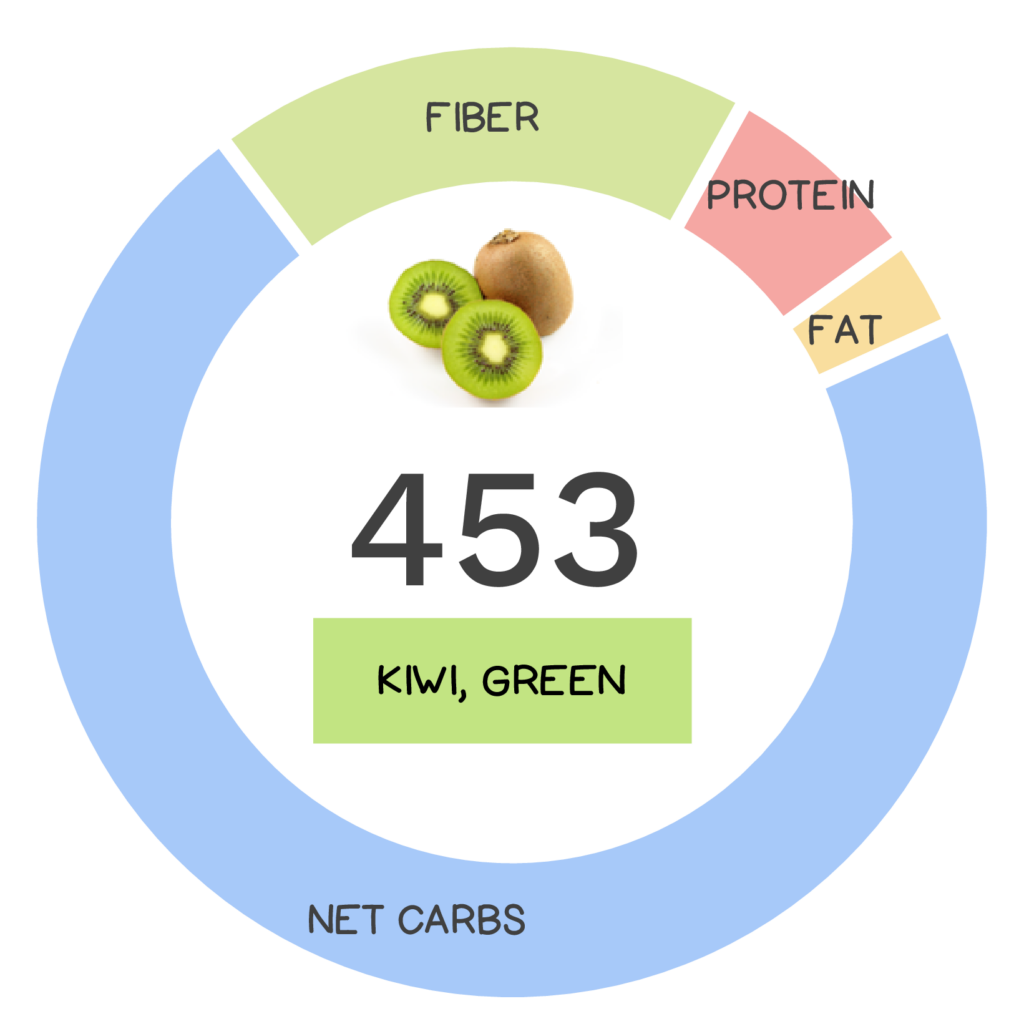
In Australia and New Zealand, the word ‘kiwi’ might conjure up images of the flightless bird or be associated with a nickname given to a New Zealander (like Canuck for Canadians and Yankee for Americans). However, in many other parts of the world, including for those of us in North America, kiwi refers to the delectable, tart, luscious green, hairy fruit. Just thinking about eating one, has me feeling all warm and “fuzzy” inside!
Based on the botanical definition, kiwis are technically berries!
Kiwi (the fruit, not the bird) is also known as Chinese gooseberry and is technically a berry based on the botanical definition. Though you may not realize, there are actually two types of kiwi plants – the familiar kiwifruit (Actinidia deliciosa) which is chicken-egg sized and has brown, fuzzy skin and the hardy kiwi (Actinidia arguta) which produces similar tasting fruit, the size of a large grape with thin, smooth, green skin, and is also known as kiwiberry, baby kiwi, dessert kiwi, grape kiwi or cocktail kiwi. Overall, there are more than 60 species within Actinidia varying in size, skin “hairiness,” taste (tart to sweet) and flesh color, ranging from bright green to golden. The entire fruit (skin and all) is edible, though most of us would opt to peel or halve and scoop the flesh from fuzzier varieties.
Kiwis are native to central and eastern China, dating back to the 12th century.
Though we tend to associate this fruit with New Zealand (with good reason), you may be surprised to learn that kiwi is actually native to central and eastern China, with its first recorded description dating back to the 12th century! At that time the fruit was rarely cultivated but was collected from the wild for medicinal purposes. All this changed in the 20th century when cultivation spread to New Zealand, where commercialization first occurred and the “hairy” fruit became commonly exported around the world. In 1962, New Zealand growers began calling it “kiwifruit” for export marketing (perhaps due to its similar appearance to the kiwi bird) and the rest is history! In the 1980s, countries outside New Zealand also began to grow this fruit commercially. For instance, in Italy, the infrastructure from grape production was readily adapted for production of kiwi. Today, this fruit has gone full circle with its ‘country of origin’, China, becoming the top producer, contributing just over half of the world’s total.
Interestingly, raw kiwi contains ‘actinidain,’ an enzyme which is used commercially as a meat tenderizer and is the reason raw kiwi is unsuitable for use in desserts containing dairy products or gelatin. Adding raw kiwi to these foods will break apart proteins, turning gelatin molds into gelatin flops!
Nutrivore Score for Green Kiwi – 453
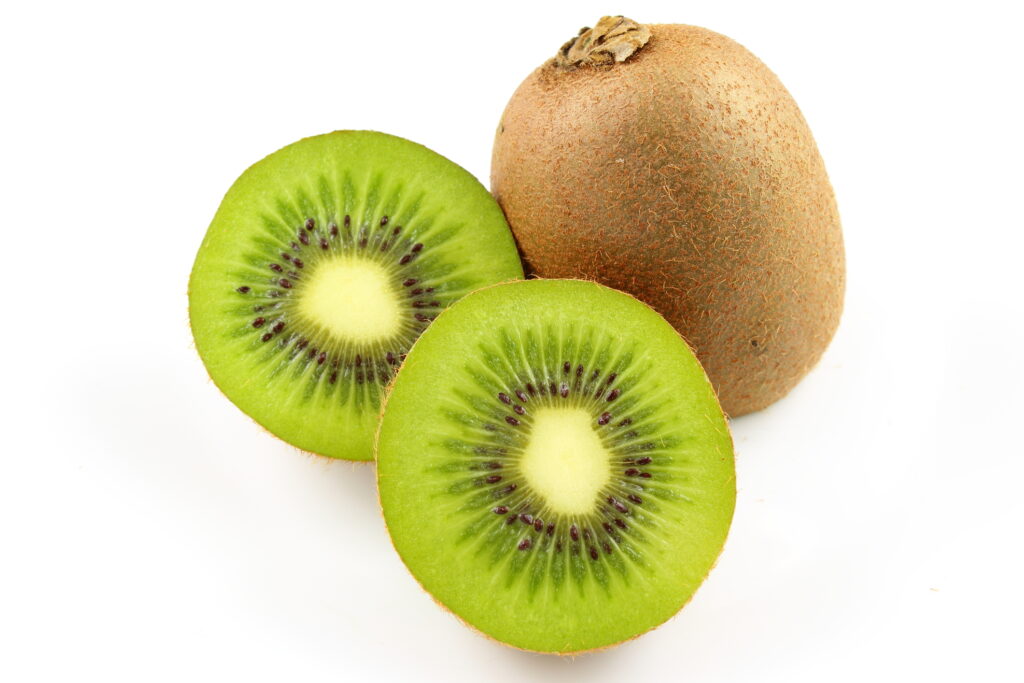
Green kiwi has a Nutrivore Score of 453, making it a high nutrient-dense food! Plus, it is a low-calorie-density food; the calorie count of green kiwi is 110 calories per cup.
Per serving, green kiwi is a best source (>50% daily value) of polyphenols, vitamin C, and vitamin K; an excellent source (20-50% daily value) of copper; and a good source (10-20% daily value) of fiber, myo-inositol, potassium, vitamin B9 (folate), and vitamin E.
Ditch Diets. Embrace Nutrients. Start with this FREE Guide.
Sign up for the free Nutrivore Newsletter, your weekly, science-backed guide to improving health through nutrient-rich foods — without dieting harder —and get the Beginner’s Guide to Nutrivore delivered straight to your inbox!

Green Kiwi Nutrition Facts
One serving of green kiwi is standardized to 1 cup, sliced or about 180 grams (6.3 ounces). A typical green kiwi (2″ diameter) weighs 69 grams, which means: one serving is roughly equivalent to 2 and a half green kiwi fruit.
Green kiwi Nutrition Facts Per Serving
| Green kiwi, raw | Nutrivore Score: 453 | Nutrient Density: High |
|---|---|---|
| Serving Size: 1 cup, sliced (180 grams) | Protein: 2.1 grams | Net Carbohydrates: 21.0 grams |
| Calories: 110 | Total Fat: 0.9 grams | Dietary Fiber: 5.4 grams |
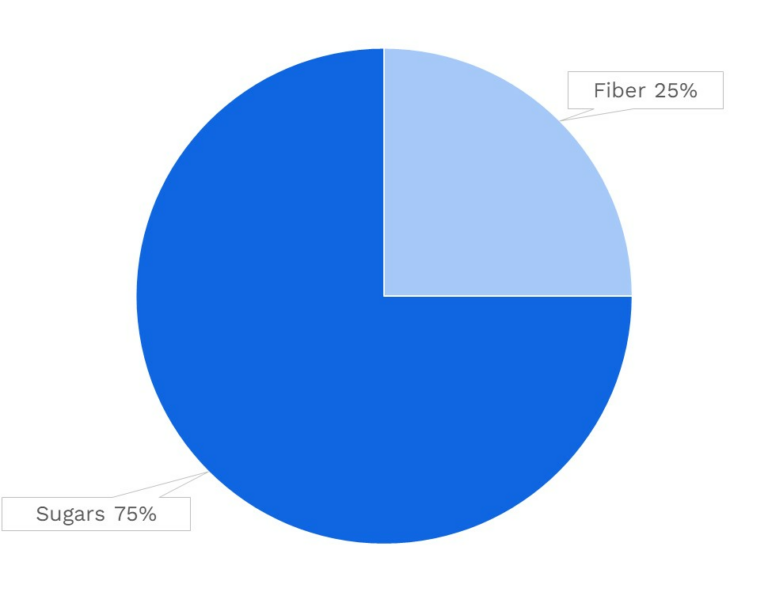
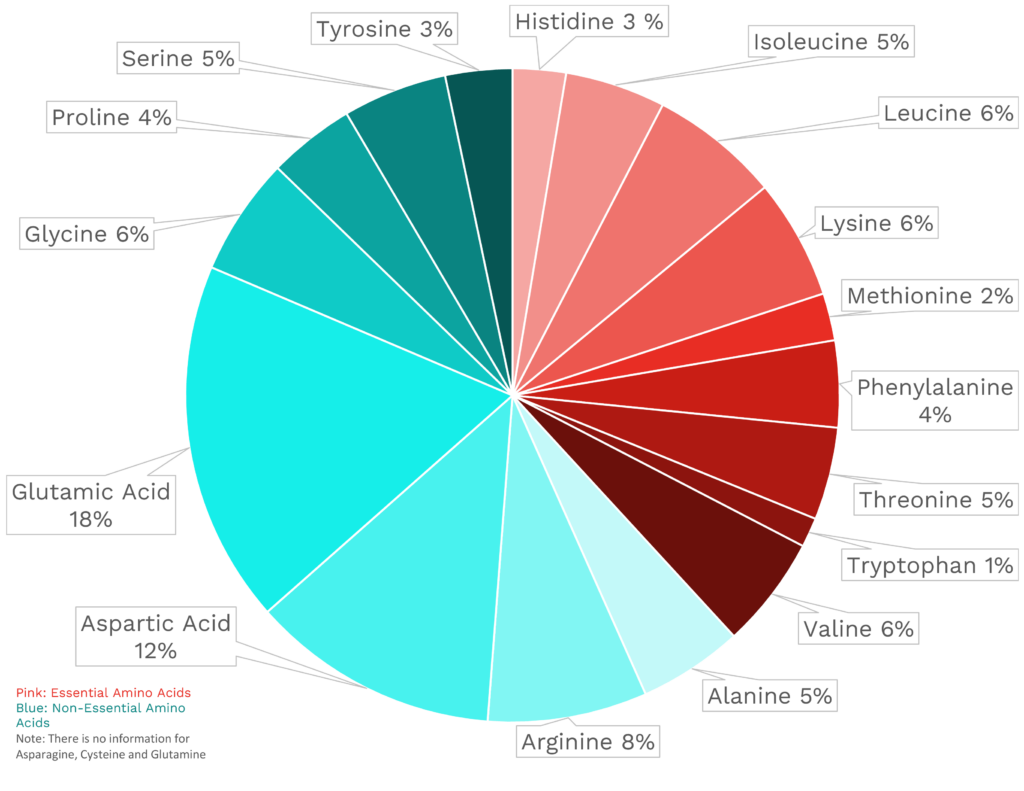
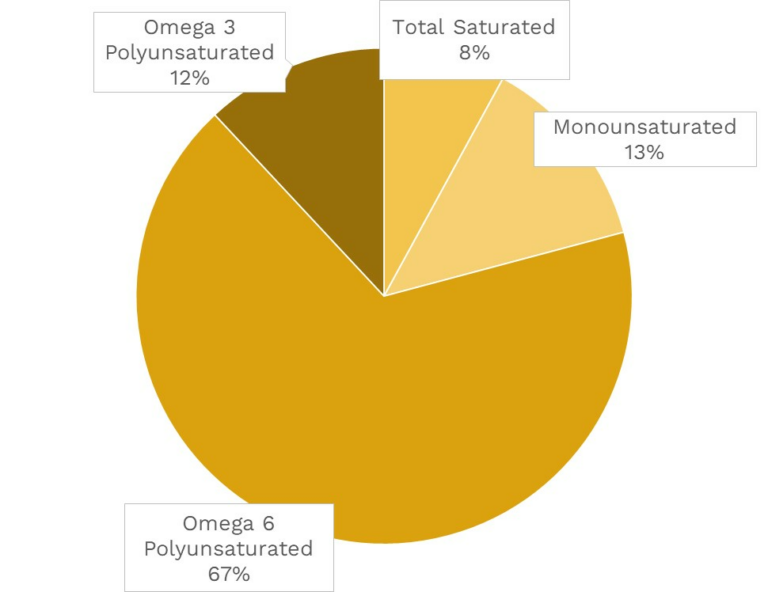
| VITAMINS | ||
|---|---|---|
| Vitamin A | 7.2 μg RAE | 1% DV |
| Vitamin B1 (Thiamin) | 48.6 μg | 4% DV |
| Vitamin B2 (Riboflavin) | 45.0 μg | 3% DV |
| Vitamin B3 (Niacin) | 0.6 mg | 4% DV |
| Vitamin B5 (Pantothenic Acid) | 0.3 mg | 7% DV |
| Vitamin B6 (Pyridoxine) | 113.4 μg | 7% DV |
| Vitamin B7 (Biotin) | 2.5 μg | 8% DV |
| Vitamin B9 (Folate) | 45.0 μg | 11% DV |
| Vitamin B12 (Cobalamin) | 0.0 μg | 0% DV |
| Vitamin C | 166.9 mg | 185% DV |
| Vitamin D (D2 + D3) | 0.0 μg | 0% DV |
| Vitamin E | 2.9 mg | 19% DV |
| Vitamin K | 72.5 μg | 60% DV |
| Choline | 14.0 mg | 3% DV |
| Myo-Inositol | 244.8 mg | ~ |
| CoQ10 | 0.1 mg | ~ |
| FUNCTIONAL FATS | ||
|---|---|---|
| MUFA | 0.1 g | 0% DV |
| ALA | 75.6 mg | 5% DV |
| EPA + DHA | 0.0 mg | 0% DV |
| CLA | ~ | ~ |
| Linoleic Acid | 0.4 g | 3% DV |
| MCT’s | 0.0 g | ~ |
| MINERALS | ||
|---|---|---|
| Calcium | 61.2 mg | 5% DV |
| Copper | 234.0 μg | 26% DV |
| Iodine | ~ | ~ |
| Iron | 0.6 mg | 3% DV |
| Magnesium | 30.6 mg | 7% DV |
| Manganese | 176.4 μg | 8% DV |
| Phosphorus | 61.2 mg | 5% DV |
| Potassium | 561.6 mg | 12% DV |
| Selenium | 0.4 μg | 1% DV |
| Sodium | 5.4 mg | 0% DV |
| Zinc | 0.3 mg | 2% DV |
| PHYTONUTRIENTS | ||
|---|---|---|
| Carotenoids | 313.2 μg | ~ |
| Polyphenols | 500.4 mg | ~ |
| Phytosterols | 32.8 mg | ~ |
| Glucosinolates | ~ | ~ |
| Thiosulfinates | ~ | ~ |
| Betalains | ~ | ~ |
| AMINO ACIDS & PEPTIDES | ||
|---|---|---|
| Taurine | ~ | ~ |
| Ergothioneine | 0.1 mg | ~ |
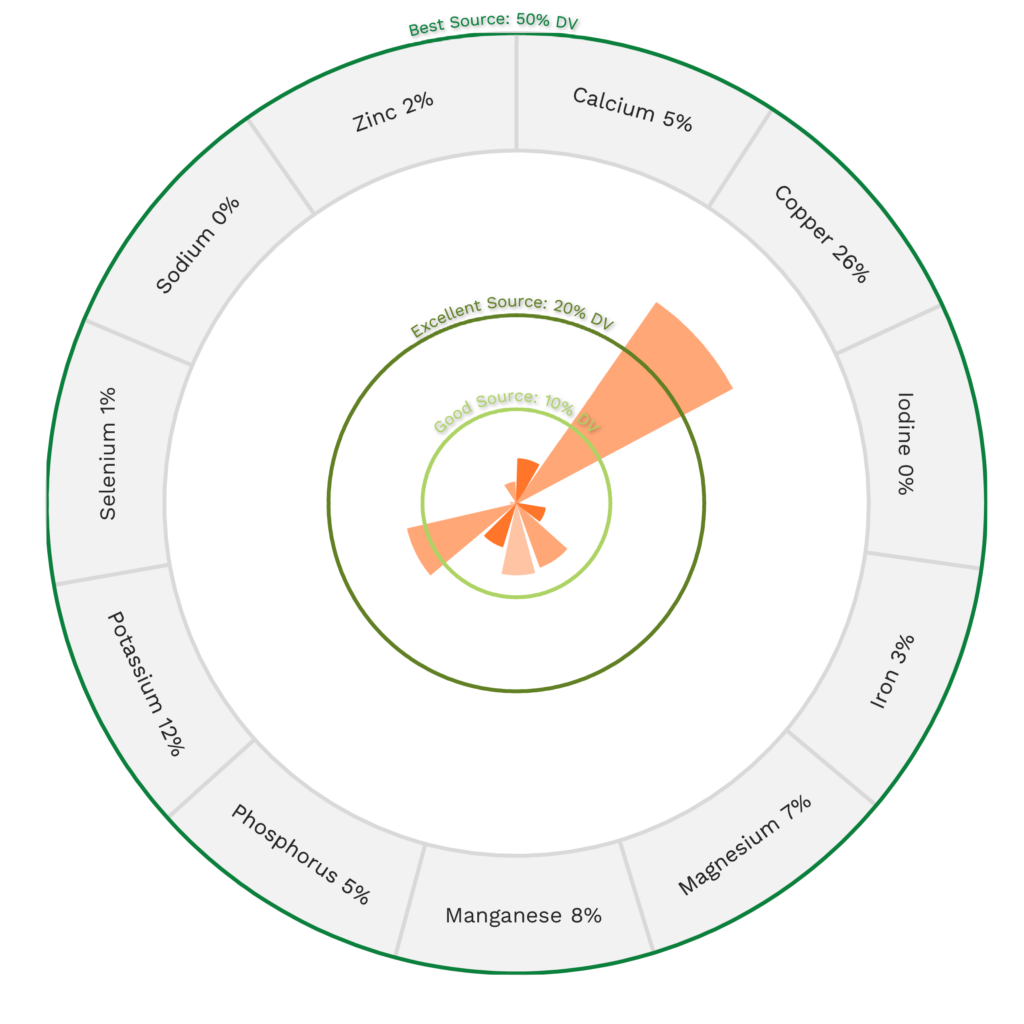
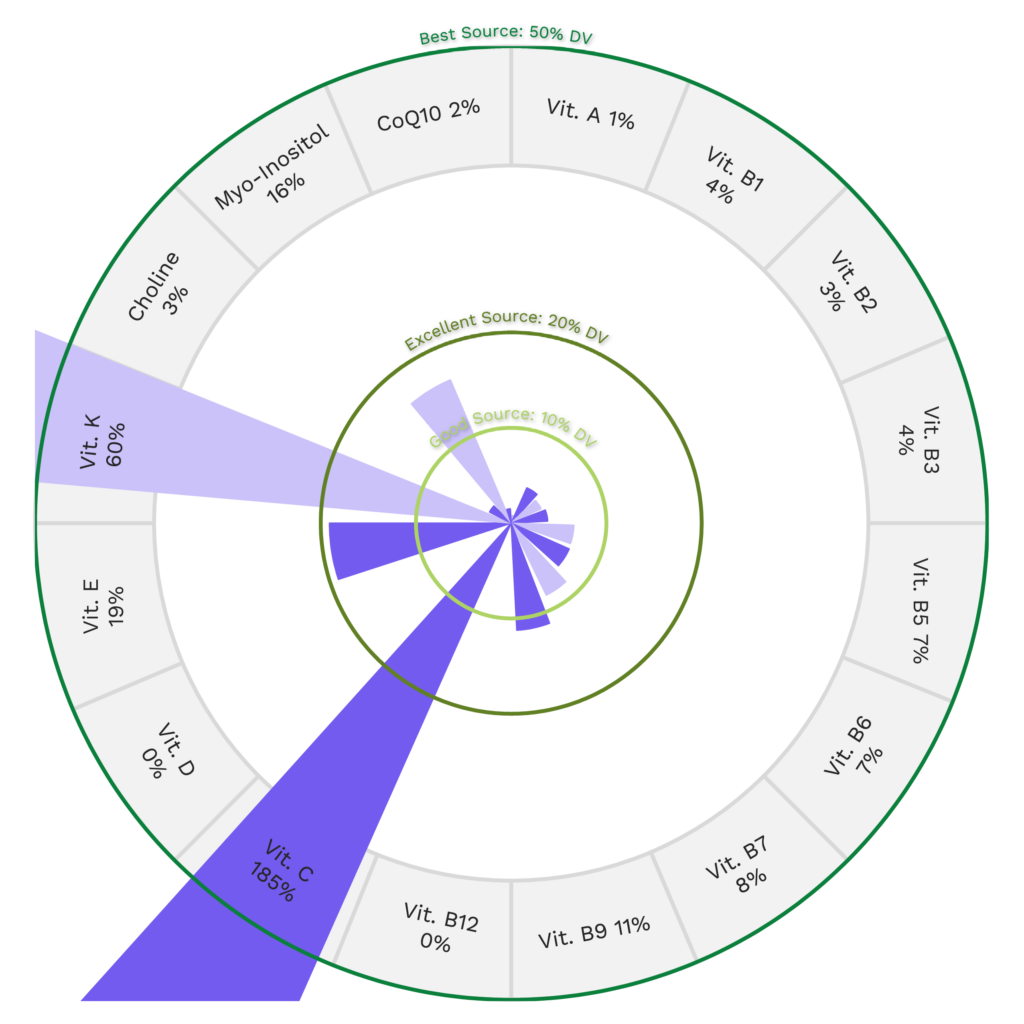
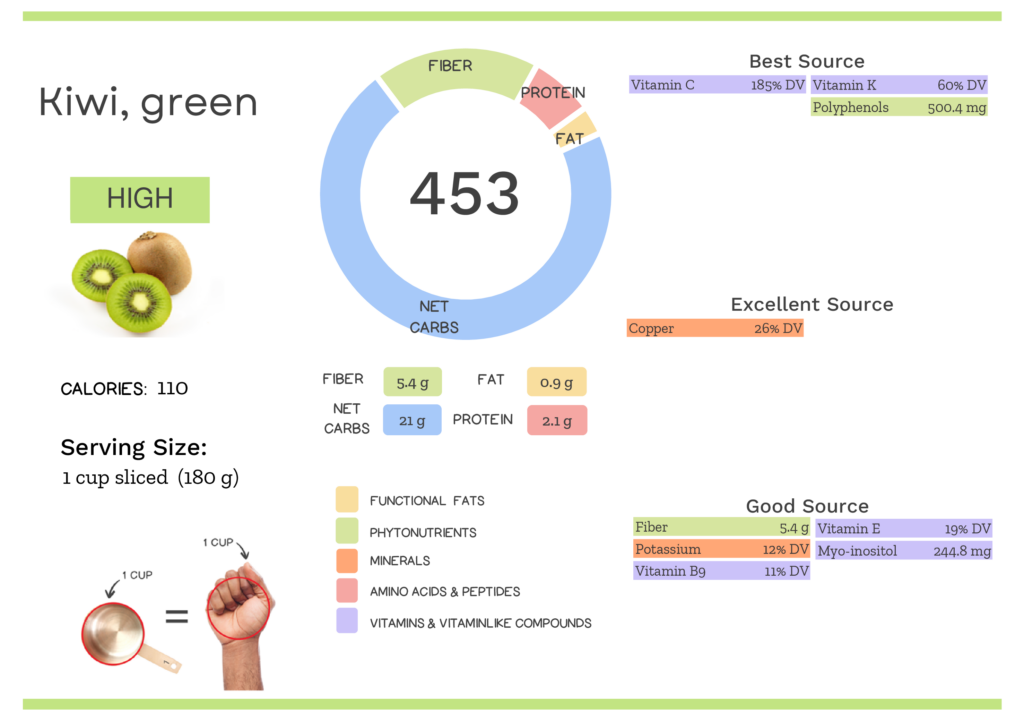
Kiwi Nutrition Varies With Variety
There are many kiwi fruit varieties varying in size, skin “hairiness,” taste (tart to sweet), flesh color (ranging from bright green to golden), and nutrient profile, which means their Nutrivore Scores also vary! To maximize all the benefits kiwi has to offer, try incorporating different types of kiwi fruit into your diet.
| NUTRIVORE SCORE | |
|---|---|
| Golden kiwi, raw | 500 |
| Green kiwi, raw | 453 |
Does the nutrition in kiwi have you feeling all warm and “fuzzy”? Maybe your friends will feel that way too!
Health Benefits of Green Kiwi Nutrients
Let’s take a closer look at all of the best and excellent source of nutrients found in a 1-cup serving of green kiwi and see how they benefit our health.
Green Kiwi Provides 185% DV Vitamin C
Green kiwi is an outstanding source of vitamin C, providing 185% of the daily value per 1-cup serving!
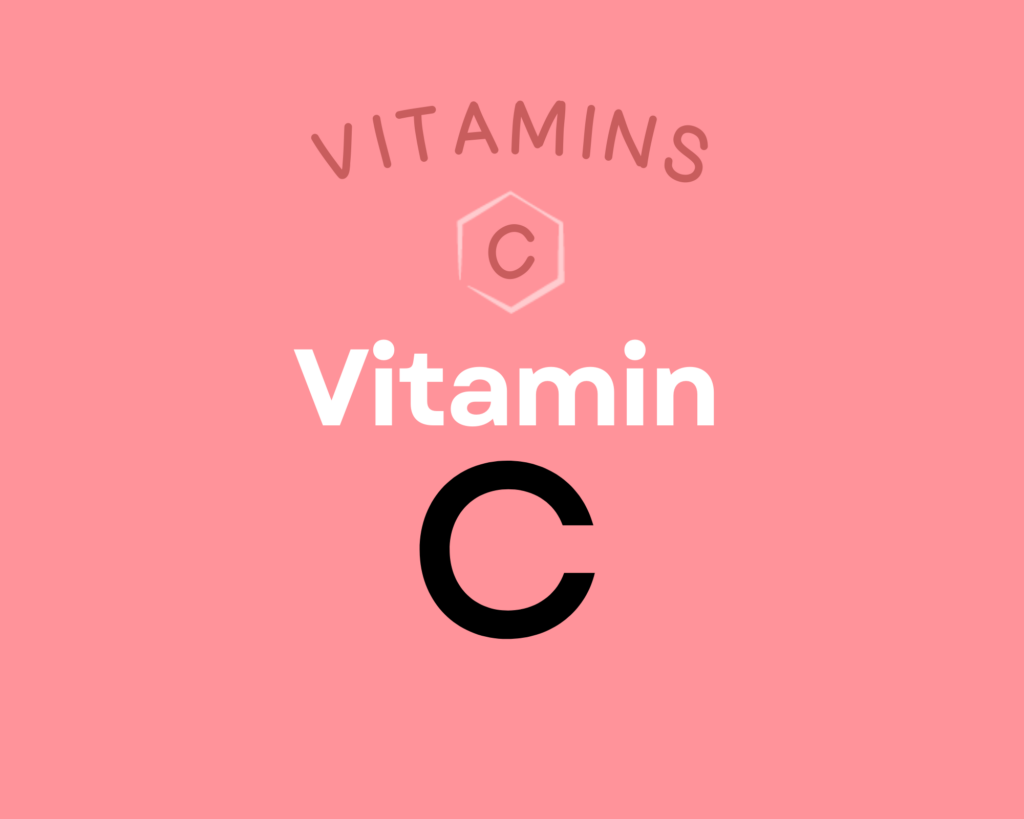
Vitamin C is a water-soluble vitamin that has powerful antioxidant properties (meaning it can help combat oxidative damage from free radicals and reactive oxygen species) and that serves as an enzyme cofactor (meaning it’s needed for enzymes to do their job, for example vitamin C is necessary for collagen synthesis, which is essential for bones, joints, teeth, blood vessels, skin and eyes) and playing important roles in immune system and skin health. Higher intakes of vitamin C are linked to reduced risk of heart disease, some forms of cancer, type 2 diabetes, cataracts, age-related macular degeneration, and gout. Vitamin C can also help regulate the stress response and reduce anxiety, and there’s preliminary evidence that it may also help prevent Alzheimer’s disease. Learn more about vitamin C here.
Green Kiwi Provides 500.4 mg of Polyphenols
Green kiwi is a fantastic source of polyphenols, providing 500.4 mg of polyphenols per 1-cup serving!
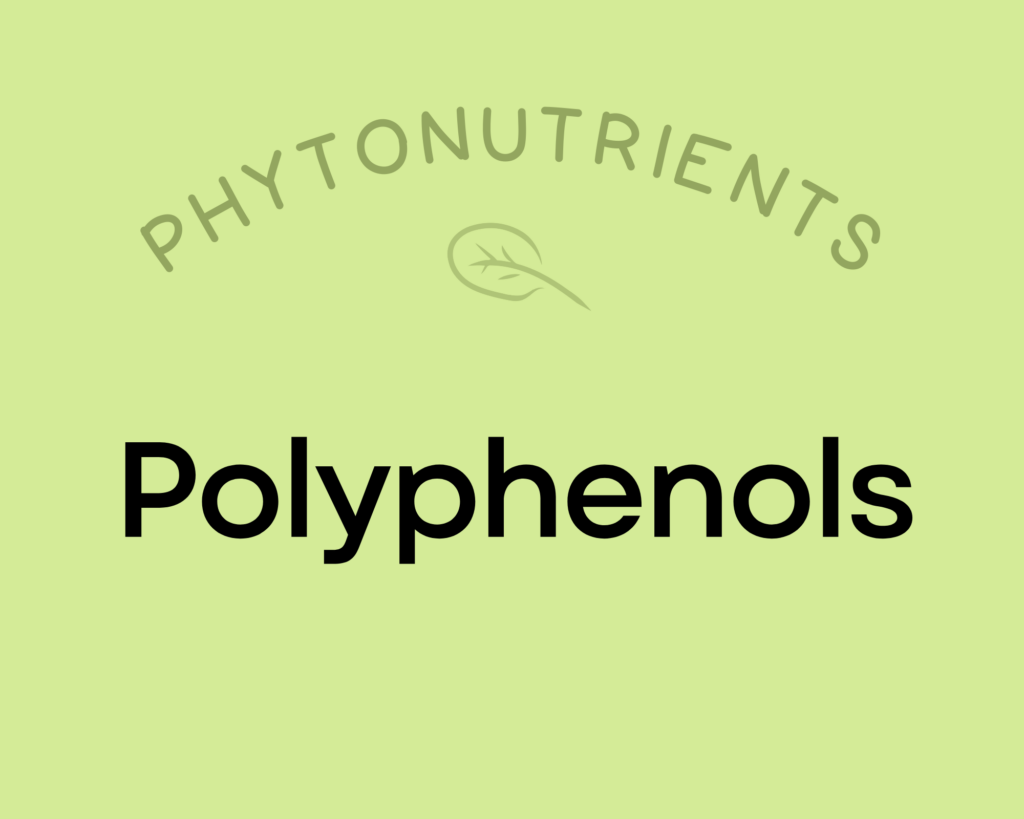
Polyphenols play a huge role in protecting against cancer, heart disease, diabetes, asthma, osteoporosis, neurodegenerative diseases, and other conditions associated with oxidative stress. In fact, a major reason foods like red wine and olive oil (as well as diets rich in both, such as the Mediterranean diet) show up as so beneficial may be due to their high polyphenol content! Along with chronic diseases, supplementing with polyphenols has been shown to protect against infections and reduce the signs of aging. Polyphenols exert their most potent effects by acting as antioxidants—preventing cellular damage by neutralizing hazardous oxygen radicals and improving cellular health as a result (which, in turn, benefits virtually every system in the body). As a result of their antioxidant properties, polyphenols also boost the immune system and protect against both chronic and acute diseases. In addition, polyphenols can help regulate enzyme function, stimulate cell receptors, modulate the functions of inflammatory cells (including T and B lymphocytes, macrophages, platelets, and natural killer cells), alter adhesion molecule expression, affect nerve cells and cardiac muscle cells, and exert antiviral effects. Learn more about polyphenols here.
Green Kiwi Provides 60% DV Vitamin K
Green kiwi is also a best source of vitamin K, providing 60% of the daily value per 1-cup serving!
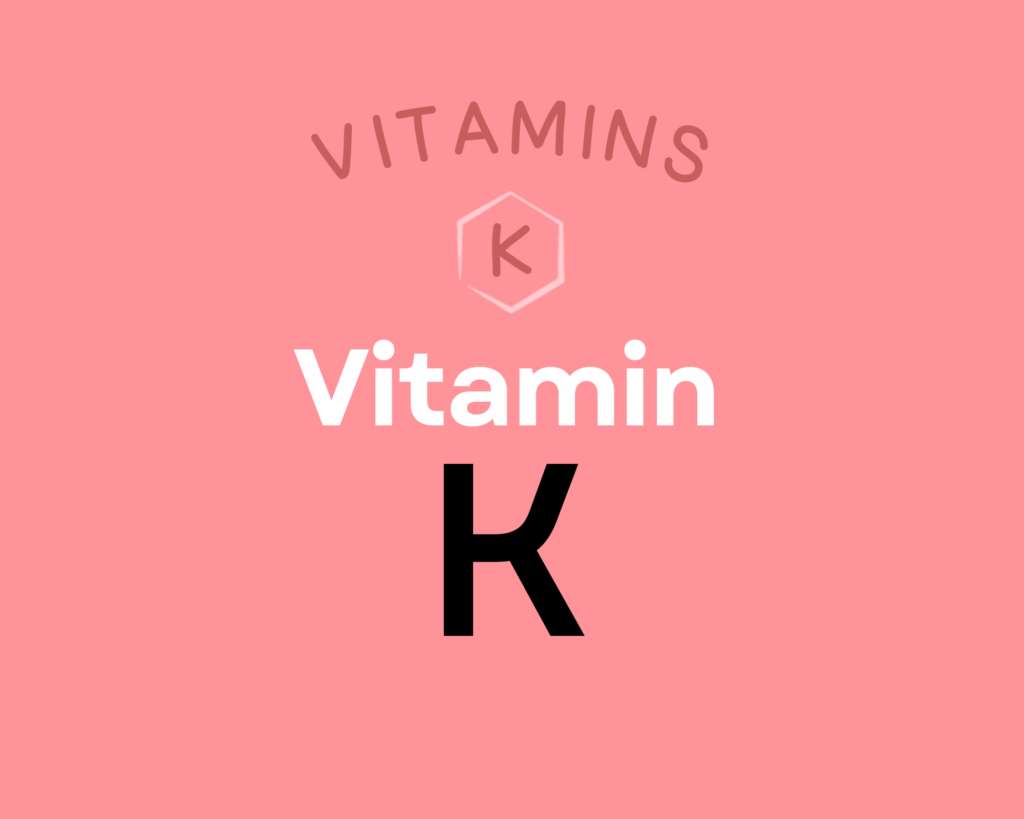
Vitamin K is actually a group of fat-soluble vitamins with a similar molecular structure, existing as K1, multiple isoforms of K2, and the synthetic form K3. This nutrient plays a vital role in coagulation, due to serving as a cofactor for proteins needed for blood clotting; it’s also essential for bone metabolism, cellular function, and the prevention of soft tissue calcification. Getting enough vitamin K2 can help protect against cardiovascular disease, may improve bone mineral density and skeletal health, and may even support endocrine function and brain health; there’s also some limited evidence it has anti-cancer and anti-inflammatory properties. Learn more about vitamin K here.
Green Kiwi Provides 26% DV Copper
Green kiwi is an excellent source of copper, providing 26% of the daily value per 1-cup serving!
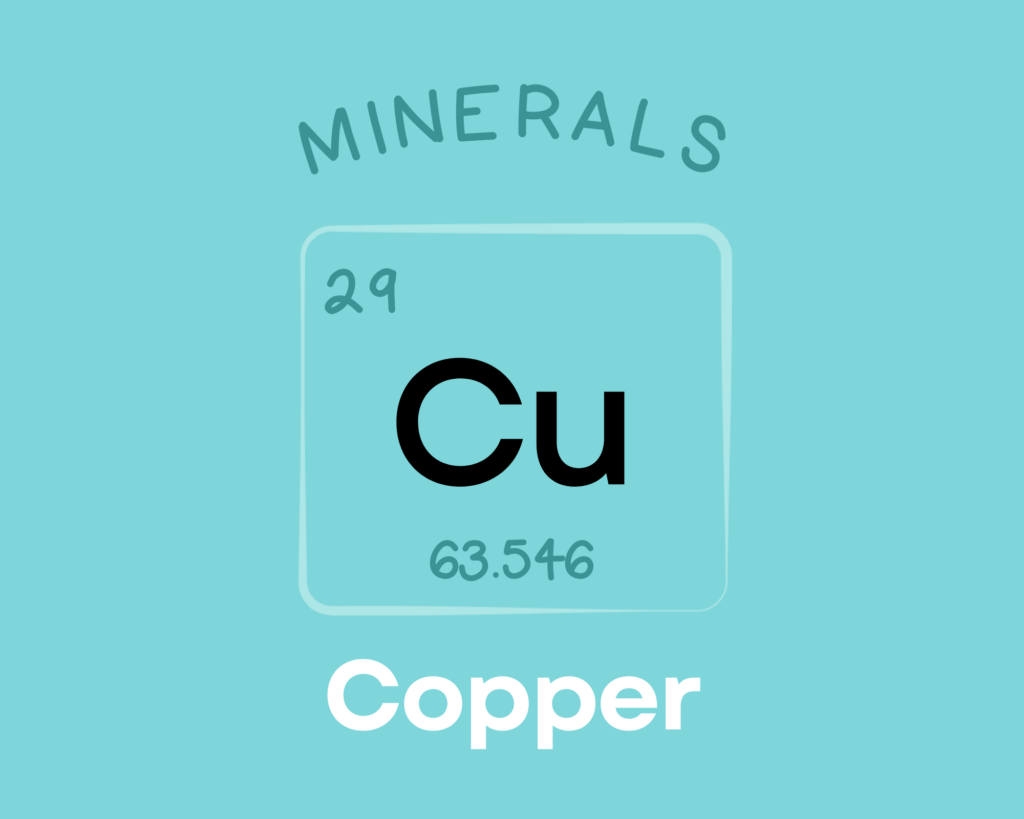
Copper is a trace mineral that’s essential for all living organisms. Copper serves as a component of numerous enzymes and proteins in the body, giving it diverse roles in the growth, development, and maintenance of various organs (including the heart and brain), bone, and connective tissue. Copper is also involved in glucose and cholesterol metabolism, helps regulate gene expression, can scavenge free radicals, and is needed for the production of red blood cells. Learn more about copper here.
Want to know the top 500 most nutrient-dense foods?
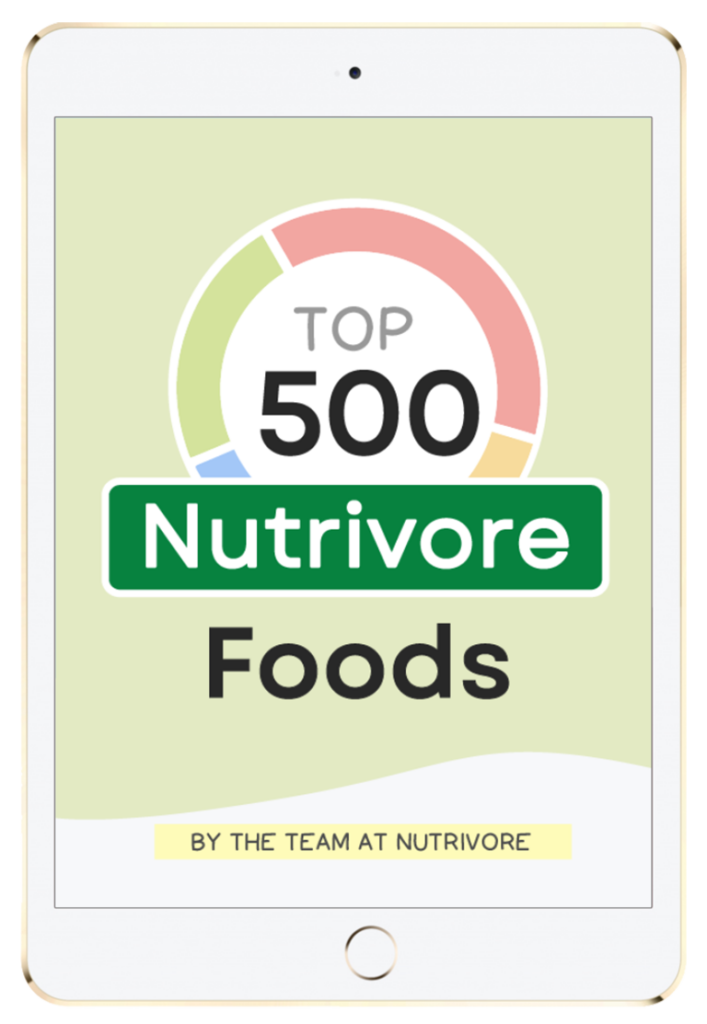
Top 500 Nutrivore Foods
The Top 500 Nutrivore Foods e-book is an amazing reference deck of the top 500 most nutrient-dense foods according to their Nutrivore Score. Think of it as the go-to resource for a super-nerd, to learn more and better understand which foods stand out, and why!
If you are looking for a quick-reference guide to help enhance your diet with nutrients, and dive into the details of your favorite foods, this book is your one-stop-shop!
Buy now for instant digital access.
How Much Green Kiwi Should We Eat Per Day?
Vilified for its higher sugar content, tropical fruit sometimes gets a bad rap even though these tasty fruits provide plenty of health benefits!
Eating two or three servings of fruit per day is optimal from a health perspective. A 2017 systemic review and meta-analysis looked at how all-cause mortality was impacted by varying intakes of 12 different food groups: whole grains and cereals, refined grains and cereals, vegetables, fruits, nuts, legumes, eggs, dairy products, fish, red meat, processed meat, and sugar-sweetened beverages. This analysis revealed non-linear relationships between how much of a particular food group we eat and how it impacts our health. While the results revealed no upper limit to the benefits of vegetable intake, the sweet spot for fruit intake was 300 grams daily. Intakes of fruit over 400 grams per day were not as beneficial as 300 grams, but the good news is that even intakes of 600 grams of fruits per day was superior to no fruit at all! This sweet spot for fruit intake translates to 2 to 3 servings of fruit daily.
And a 2018 review similarly concluded that two to three servings of fruit daily was optimal for reducing risk of cardiovascular disease, type 2 diabetes, obesity, chronic obstructive pulmonary disease, chronic constipation, and inflammatory bowel disease.
Fruit makes a convenient snack, a healthy dessert, a whimsical addition to salads, and a sophisticated flavoring agent in the form of salsas, jams, and chutneys. A serving is standardized to 1 cup chopped for raw vegetables and fruits (typically translates to 1/2 cup to 2/3 cup once cooked). Learn more in Importance of Vegetables and Fruit
It’s always best to mix up the veggies and fruit you eat day to day (aiming for a wide variety of different vegetables and fruits throughout the week), and green kiwi definitely has a place at the table.
Easily track your servings of Nutrivore Foundational Foods!

The Nutrivore Weekly Serving Matrix
The Nutrivore Weekly Serving Matrix digital resource is an easy-to-use and flexible weekly checklist designed to help you maximize nutrient-density and meet serving suggestions of Nutrivore foundational foods, all without having to weigh or measure your foods!
Includes a 22-page instructional guide and downloadable interactive guides.
Buy now for instant digital access.
cITATIONS
Expand to see all scientific references for this article.
Clements RS Jr, Darnell B. Myo-inositol content of common foods: development of a high-myo-inositol diet. Am J Clin Nutr. 1980 Sep;33(9):1954-67. doi: 10.1093/ajcn/33.9.1954. PMID: 7416064.
Halliwell B, Cheah IK, Tang RMY. Ergothioneine – a diet-derived antioxidant with therapeutic potential. FEBS Lett. 2018 Oct;592(20):3357-3366. doi: 10.1002/1873-3468.13123. Epub 2018 Jun 15. PMID: 29851075.
Phenol-Explorer: Kiwi
Piironen V, Toivo J, Puupponen-Pimia R, Lamp AM. Plant sterols in vegetables, fruits and berries. Journal of the Science of Food and Agriculture. 2003. Vol 83(4):330-337. doi:10.1002/jsfa.1316
Pravst I, Zmitek K, Zmitek J. Coenzyme Q10 contents in foods and fortification strategies. Crit Rev Food Sci Nutr. 2010 Apr;50(4):269-80. doi: 10.1080/10408390902773037. PMID: 20301015.
USDA Food Central Database: Kiwifruit, green, raw
Watanabe T, Kioka M, Fukushima A, Morimoto M, Sawamura H. Biotin content table of select foods and biotin intake in Japanese. Int J Anal Bio-Sci. 2014. Vol 2(4):109-125.


